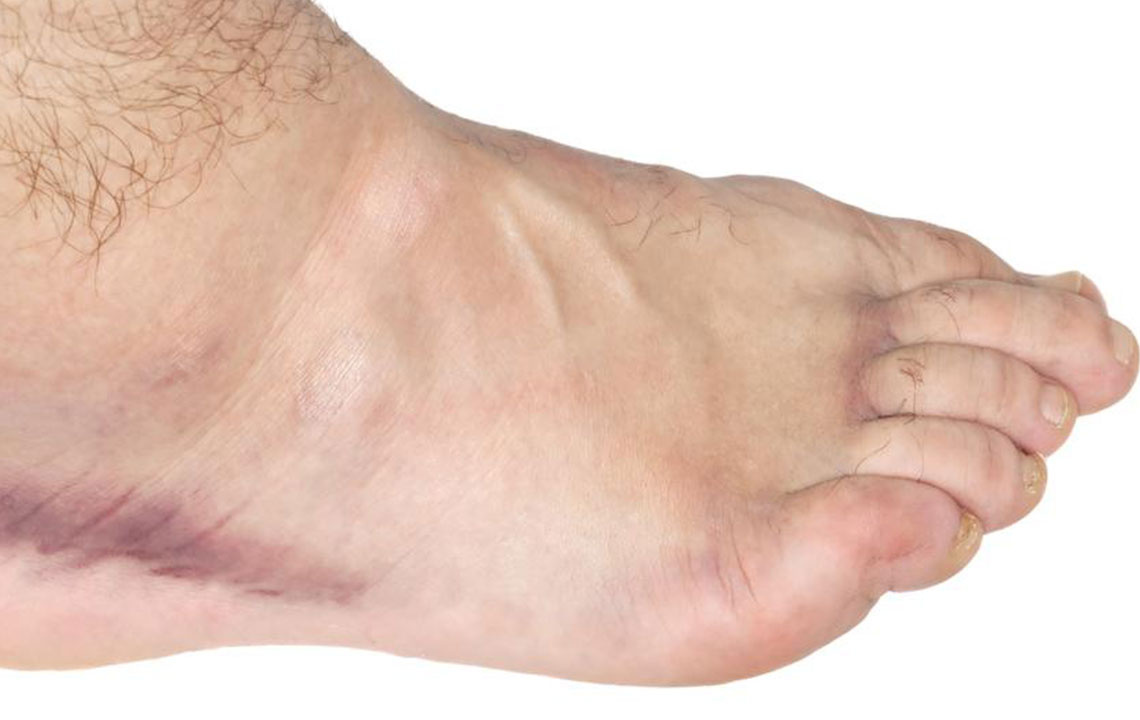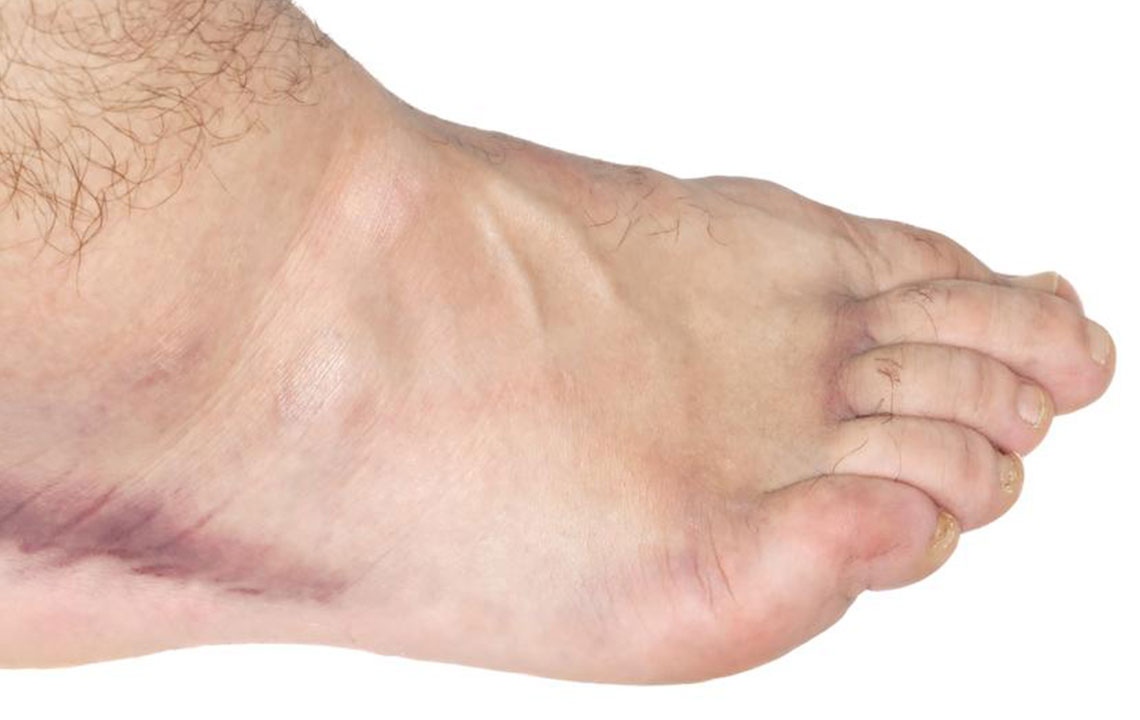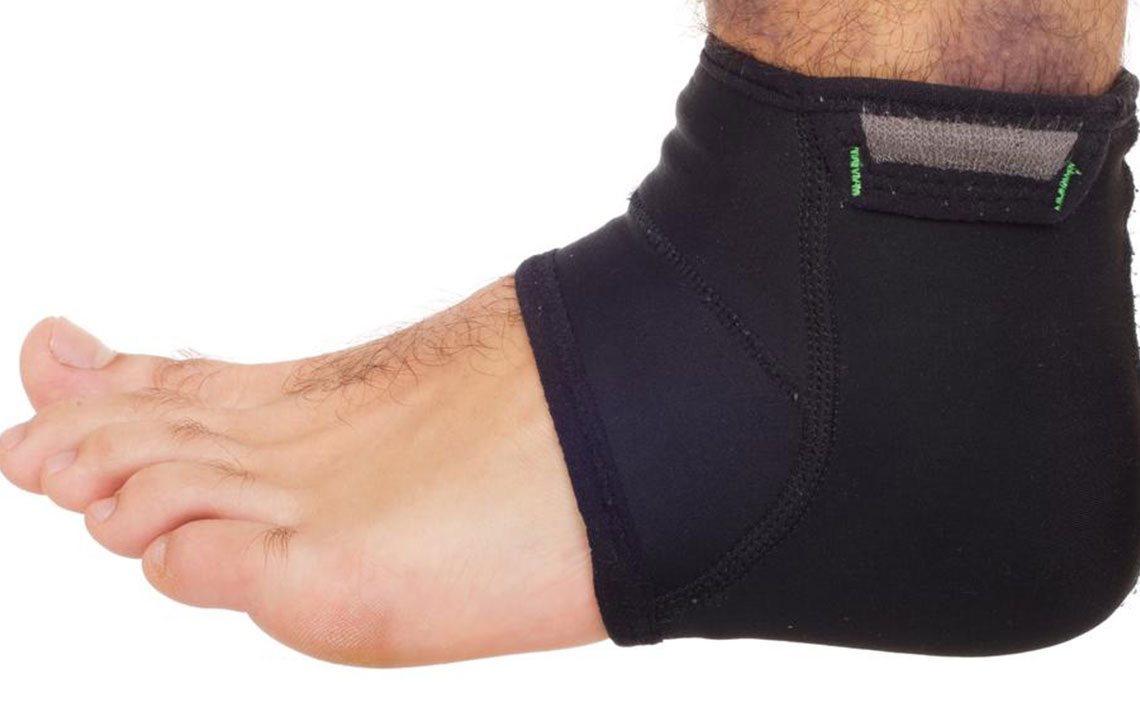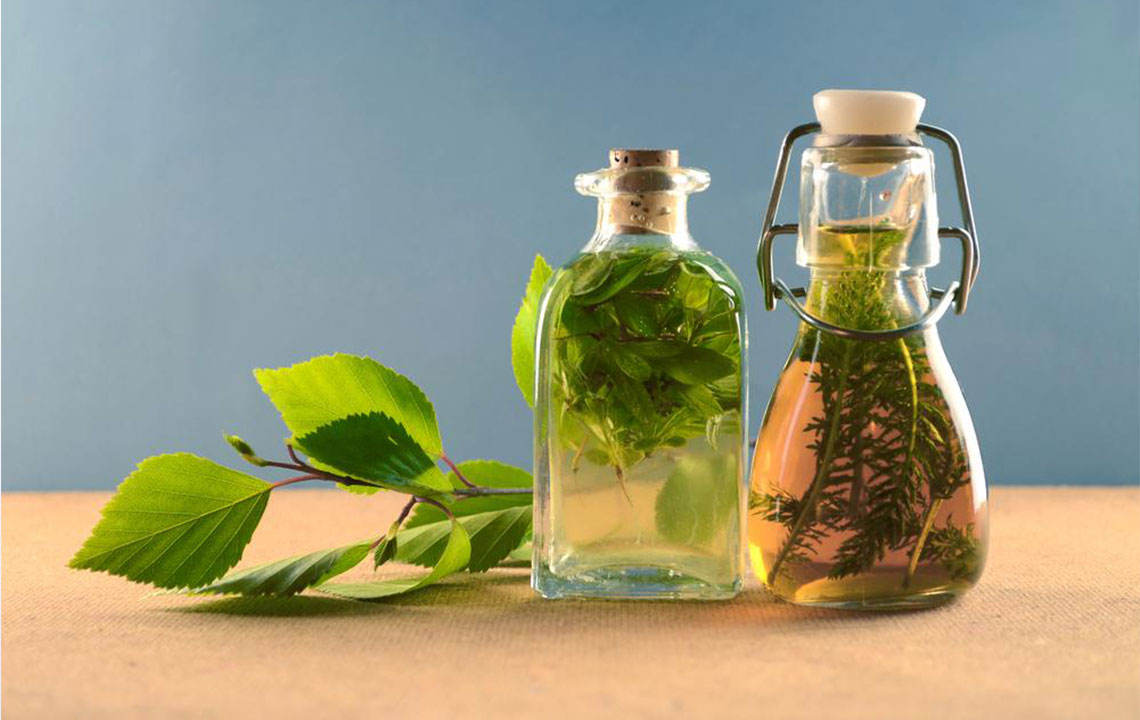Comprehensive Guide to Relieving Swollen Ankles Naturally and Effectively
Discover comprehensive and natural methods to relieve swollen ankles effectively. This detailed guide covers elevation techniques, compression therapy, exercises, dietary tips, and when to seek medical advice, all aimed at reducing swelling, improving circulation, and alleviating discomfort. Suitable for temporary puffiness or chronic edema, these strategies promote better health and mobility, helping you regain comfort and confidence in everyday life.

Proven Methods to Alleviate Swollen Ankles and Improve Circulation
Swollen ankles, medically referred to as edema, are a common health concern that can result from various lifestyle factors, injuries, or underlying medical conditions. If you've experienced swelling in your ankles or feet after a long day, or even during pregnancy, understanding how to alleviate this discomfort is crucial. This detailed guide explores effective, safe, and natural methods to reduce ankle swelling, improve blood flow, and enhance overall comfort. Whether you're dealing with temporary puffiness or chronic conditions, these strategies can offer relief and support your health.
Ankle swelling occurs when excess fluid floods the tissues around your ankle joints. It manifests as puffiness, skin tightness, or indentations when pressed, and often affects one or both ankles. Besides appearance, swollen ankles can sometimes cause pain or warmth, indicating inflammation or infection. Recognizing the causes and risk factors of edema helps in managing and preventing future episodes.
Understanding Edema and Its Causes
Edema is the medical term for swelling caused by fluid retention in tissues. The condition can be benign or associated with serious health issues. Common causes include prolonged standing or sitting, injury or trauma, infections, cardiovascular problems, kidney or liver diseases, and hormonal fluctuations. Pregnant women often experience ankle swelling due to increased blood volume and pressure on veins. Certain medications, such as those for hypertension or diabetes, may also contribute to fluid retention. Understanding root causes can help you choose appropriate treatment strategies.
Risk Factors for Ankle Swelling
Various factors increase the likelihood of developing swollen ankles. These include obesity, pregnancy, certain medications, sedentary lifestyle, high-salt diets, and occupations requiring long hours of standing or walking. Additionally, underlying health conditions such as heart failure, liver cirrhosis, or kidney malfunction significantly elevate risks. Being aware of these factors can motivate proactive measures to prevent or lessen swelling episodes.
Effective Methods to Reduce Swelling and Improve Comfort
Elevate Your Legs: Elevating your legs above heart level encourages blood and fluid flow back toward your torso, reducing swelling. Use cushions, wedges, or lie down with your heels against the wall during rest periods. This simple step can dramatically decrease ankle puffiness and alleviate discomfort.
Use Compression Therapy: Compression stockings or sleeves exert gentle pressure on your ankles and lower legs, improving circulation and preventing fluid buildup. It's essential to select the right size and compression level for maximum benefit without constriction. Consult a healthcare professional to find the appropriate compression gear for your condition.
Stay Active and Engage in Gentle Exercise: Moving regularly stimulates blood flow. Activities like walking, swimming, or ankle rotations promote lymphatic drainage and prevent fluid stagnation. Avoid prolonged periods of inactivity or standing, which can worsen swelling. Incorporating light exercise into your daily routine helps maintain healthy circulation and reduces the risk of recurring edema.
Epsom Salt Baths and Soaking: Soaking your ankles in cool water with Epsom salts can soothe inflammation, relax muscles, and reduce swelling. Aim for 15-20 minutes of relaxation, ideally with your legs elevated. Epsom salts contain magnesium, which may help relax blood vessels and aid in fluid drainage.
Stay Hydrated and Maintain a Balanced Diet: Adequate hydration helps your kidneys eliminate excess salt and fluids, preventing dehydration-related swelling. Reduce intake of salty foods, processed snacks, and high-sodium meals, which can worsen fluid retention. Incorporating potassium-rich foods like bananas, sweet potatoes, and spinach supports electrolyte balance.
Consult Medical Professionals for Persistent or Severe Cases: If swelling persists or worsens despite home remedies, it’s crucial to seek medical advice. Persistent edema may indicate underlying health issues that require diagnosis and targeted treatment. Your healthcare provider might recommend medications, diagnostic tests, or lifestyle modifications tailored to your specific needs.
Additional tips include wearing comfortable, supportive shoes to avoid further irritation and using cold compresses or ice packs to reduce inflammation during flare-ups. Remember, proactive prevention and timely treatment can drastically improve your quality of life, reduce discomfort, and prevent complications associated with chronic ankle swelling.
In summary, managing swollen ankles involves a combination of lifestyle adjustments, supportive therapies, and medical consultation when needed. Elevation, compression, gentle exercise, hydration, and dietary modifications are effective strategies anyone can adopt to promote fluid balance and comfort. Always listen to your body, and don’t hesitate to seek medical support for ongoing or severe swelling issues. By understanding the causes and applying these practical methods, you can regain mobility and achieve greater well-being.





